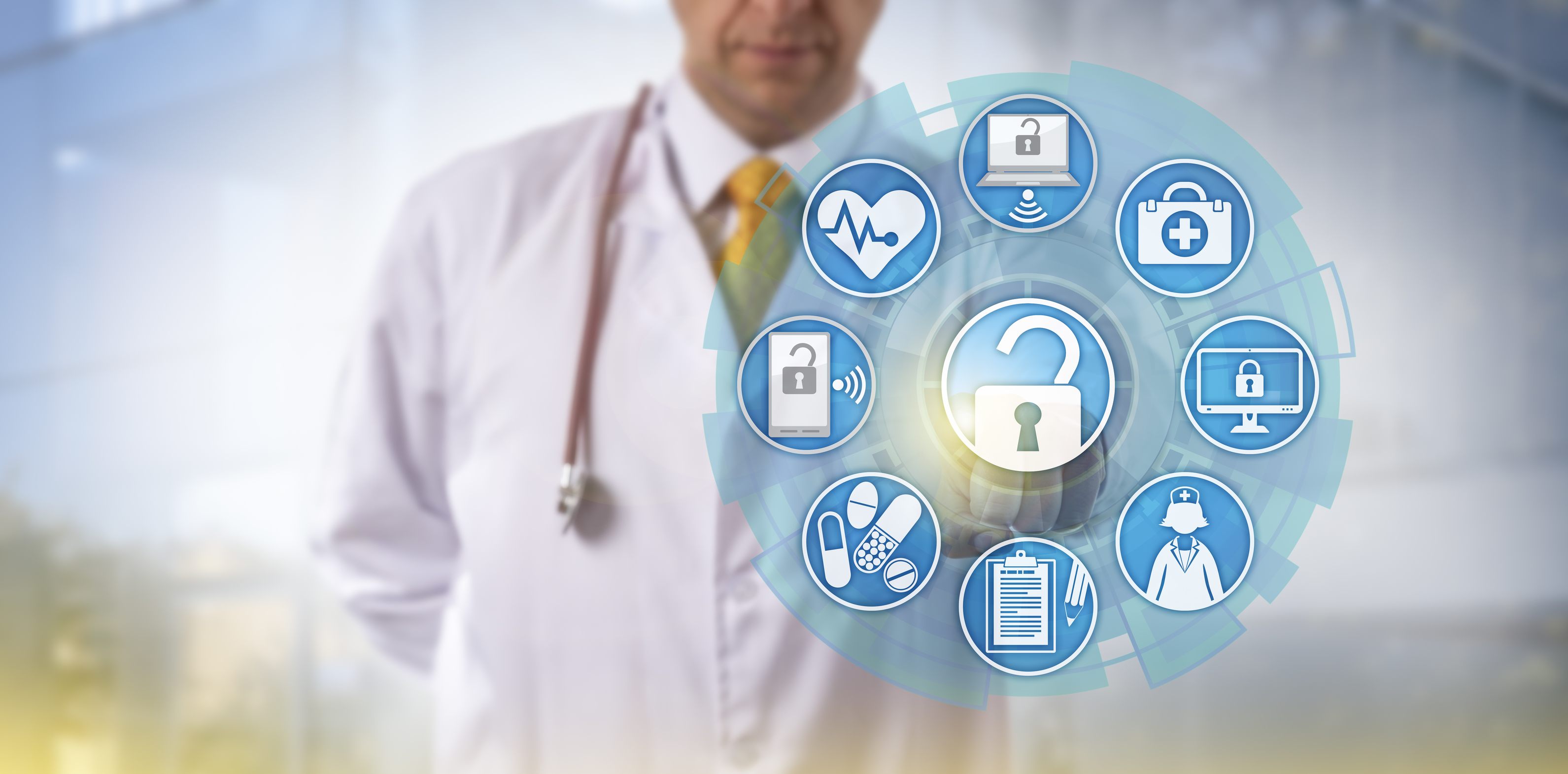The global IoT healthcare market is expected to have a compound annual growth rate (CAGR) of more than 11% between 2017 and 2022. Growth is driven by the increasing use of Internet of Things medical and healthcare devices to remotely monitor patient health.
IoT connectivity and embedded sensors are the driving forces behind the demand for these devices, as they are responsible for gathering the data and transmitting it to other sources for remote monitoring.
Let’s take a closer look at the types of IoT medical and healthcare devices, how they are changing the future of healthcare, and what you need to be concerned about if your business is building these devices.
Types of IoT medical and healthcare devices
IoT medical and healthcare devices can be broken down into three main categories:
1. Life-critical devices—These devices monitor patients and transmit data that is essential in life or death care. If they fail, the patient’s life is at risk. Examples include pacemakers and ventilators.
2. Noncritical monitoring devices—These IoT healthcare devices record and transmit data in the same way as the life-critical devices, but they are not monitoring for life-threatening conditions. One example is a glucose monitor. If a patient’s glucose monitor fails, they require medical attention, but not at the same level of urgency as with a ventilator.
3. IoT health and wellness devices—These are not medical devices by any means. Examples include smartwatches and Fitbits. They are not gathering data that is regulated by the FDA or feeding data back to healthcare professionals. But they are the segment with the greatest potential for growth, as people become increasingly interested in personal health and fitness data. People are very interested in tracking their pulse, activity levels, sleep patterns, and dietary habits to self-monitor personal health and wellness.
All three categories will contribute to the revolution of healthcare, each in their own way. Personal IoT health devices will play a huge role.
We expect the line to blur between personal devices and noncritical monitoring devices as personal devices continue to track more types of health data. Blood sugar monitoring is one area pushing personal non-medical devices into the medical realm, making the distinction between these categories fuzzier.
How these devices are revolutionizing healthcare
There are three ways IoT medical and healthcare devices are changing the face of healthcare—efficiency, cost savings, and quality of life.
Efficiencies
IoT medical devices mean fewer trips to the doctor, as data is transmitted remotely. If a trip to a specialist or an emergency room is needed, the intermediary step—going to see your primary physician—can be avoided.
Patients spend less time driving to appointments and sitting in waiting rooms. Patients can adjust medication levels over the phone with doctors when data has been made available via an IoT device. This can prevent a trip to the ER, providing faster, more efficient medical care.
Cost savings
The remote monitoring mentioned above provides a direct cost savings for both patients and insurance companies with fewer trips to the doctor. Patients are hit with fewer co-pays and insurance companies receive fewer treatment claims.
The ability to address problems as soon as they arise can reduce trips to the ER, and, in some cases, avoid procedures that result from delayed care. Patients can also be discharged sooner, since they can be further monitored remotely from home.
Quality of life
Fewer trips to the doctor and hospital are definite quality of life improvements. But personal IoT health devices are improving the quality of life for people in other ways.
Tracking your sleep, activity, heart rate, and other health statistics may motivate you to take steps to improve your overall health. You may start exercising more or reduce your sodium intake, or perhaps begin a new bedtime routine to quiet your mind, so you sleep better.
Any step you take to improve your overall well-being is a direct benefit from these IoT health devices. The ability to record this data and track changes and progress is what makes people stick to these lifestyle modifications.
There are two avenues by which IoT is making headway in healthcare:
1. Existing devices are now being expanded into IoT by adding embedded sensors for remote transmission of data.
2. Devices that were once unfeasible are now possible thanks to advances in low-power, low-cost technologies.
Examples of existing devices adding an IoT element include:
- Pulse oximeters which measure arterial blood oxygen saturation and pulse rate.
- Sleep apnea machines to capture data on whether you stop breathing in your sleep.
- Glucose monitors for measuring blood sugar levels.
These devices can now deliver continuous remote monitoring thanks to IoT connectivity and embedded sensors.
New devices coming out include:
- Activity trackers for people to monitor their personal health and wellness, expanding their capabilities by tracking more vital statistics, giving people a better overall picture of their health.
- Real-time electrocardiograms monitoring strips were recently approved by the FDA, pointing to the leaps we expect to see in IoT healthcare devices in the foreseeable future.
Security and privacy concerns
Security and privacy become bigger issues when IoT capabilities are added to medical and healthcare devices.
A secure device is one that only does what it is intended to do—and not what someone else is telling it to do. Malware attacks and unauthorized access are high-level concerns with IoT medical devices, just as they are with all other Internet of Things systems.
Security is of paramount importance in life-critical IoT medical devices. A hacked device can put the life of the patient at risk.
We can look back to 2013 when fears arose around former Vice President Dick Cheney’s pacemaker being hacked, to get a sense of the types of things you need to consider when building IoT medical devices.
Privacy requirements mean you need to make sure patient data is only accessible by appropriate and authorized parties. HIPAA compliance plays a big role, and requires attention during the development process to protect data privacy.
Personal devices cannot be overlooked when it comes to security and privacy. This information is not being transmitted to a doctor in most cases. If you don’t take precautions to make your device secure, someone else can get a hold of it.
Do you really want someone else knowing when (and how deeply) you (or your customers) are sleeping, when they typically are out for a run, or have any potential health issues that might make the wearer an easy target for an online scam—or even a physical break-in?
The best way to create a secure IoT medical or healthcare device is to work with a vendor who takes security seriously. Look for someone who has experience in the medical field specifically, or in another highly regulated industry where security is paramount, such as defense, transportation, or energy distribution.
Security must be built in from the beginning, and be a part of the entire development process to ensure your IoT medical device delivers the benefits without exposing patients to dangerous situations or privacy violations.
IoT medical and healthcare devices are bringing exciting advances to healthcare and to our personal lives. Working with a team that has experience in both the technology behind IoT sensors and systems, as well as in security and privacy, is the best way to achieve a product that not only works, but that is successful in the long-term.

